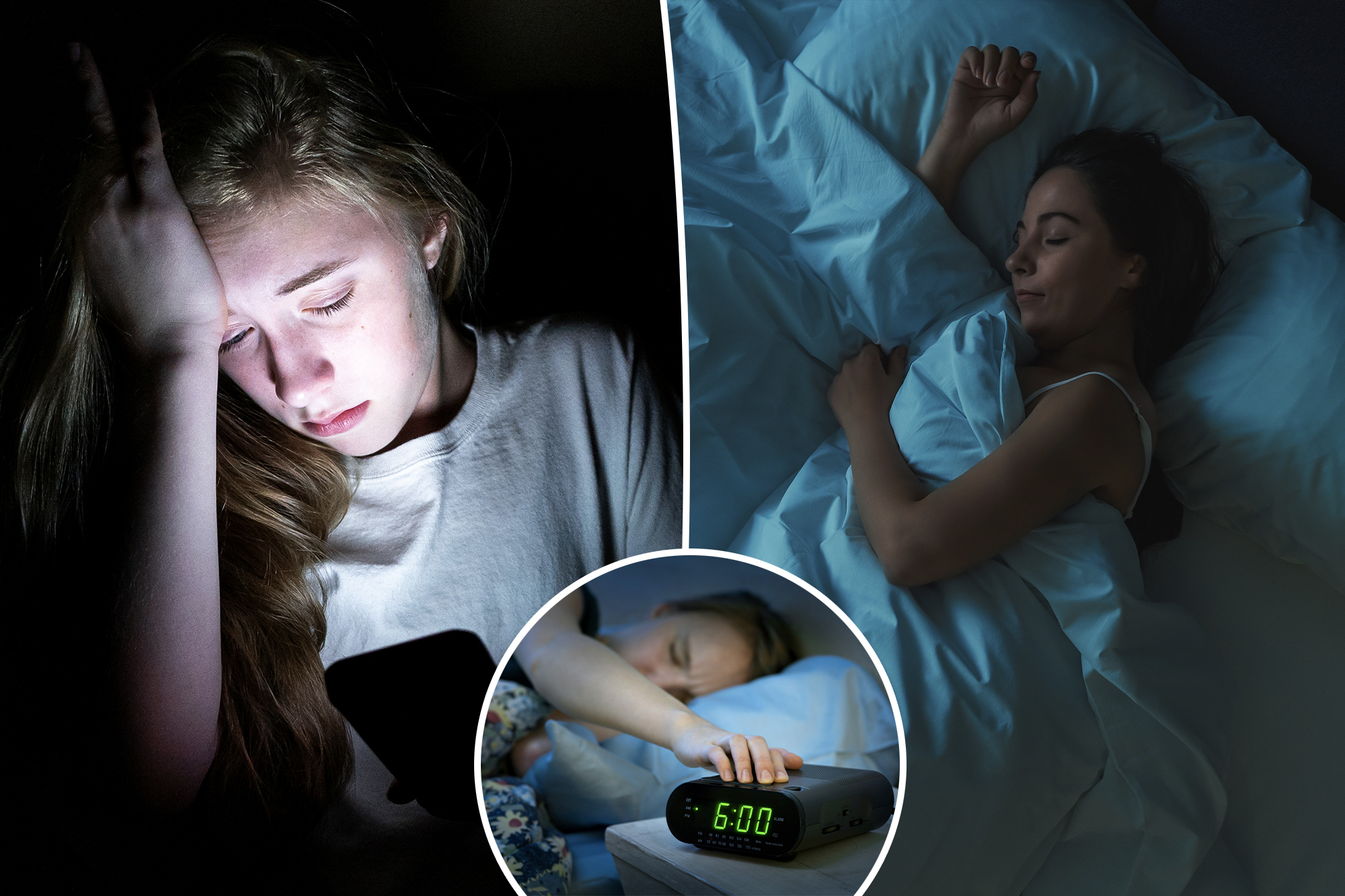
Is there a way to transition from a night owl to an early bird?
As days darken and outside temperatures drop, getting up earlier can be more challenging than ever. Yet, experts say there are ways to condition your body to rise and shine.
The average American goes to bed at 11.39 p.m., but evidence suggests we should be hitting the hay much earlier. Eighty percent of human growth hormone is produced between the hours of 10 p.m. and 2 a.m. This same window is deemed optimal for deep sleep, which lasts roughly 20 to 40 minutes and precedes REM sleep. It is also known as slow-wave sleep (SWS), N3, and delta sleep.
Experts agree that deep sleep is critical to the body’s restoration and growth. It bolsters the immune system and cell regeneration, strengthens muscles and bones, slows brain activity, and reduces blood pressure.
And previous research has suggested that the early bird does indeed get the worm: A survey of 2,000 Americans found that those who rose earlier earned more money than those who stayed up late.
Read on to learn more about how to fall asleep to reach your peak and your max earning potential.
Exercise
A good sweat can lead to better sleep.
Exercise causes a change in core body temperature, mimicking the temperature change that occurs before a person falls asleep. It may also help to realign a person’s internal body clock as well as relieve symptoms of anxiety and depression that can hamper good sleep.
The Sleep Foundation found those who experience chronic insomnia and begin regular exercise can both fall asleep up to 13 minutes faster and stay asleep for 18 minutes longer.
As with all things, timing is of the essence.
A recent study revealed that working out at night may boost longevity. This information contrasts with several previous studies that have found it might be best to work out in the morning.
While physical exercise at any hour has benefits, it is recommended to cut it off before lights out, as vigorous activity less than an hour before bed may hinder one’s ability to ride the wave into slumberland.
Let the light in
Experts agree that the single best way to feel alive when your AM alarm goes off is to expose yourself to a light source as soon as possible.
Maximizing outdoor light exposure in the morning decreases your body’s production of the sleep-inducing melatonin hormone while promoting the release of cortisol, which tells the body to wake up. Throwing open your curtains to let the sun in or eating breakfast on the porch or by a window provides a free morning boost.
Bonus: According to the Centers for Disease Control and Prevention (CDC), getting up earlier in the morning equates to feeling sleepy earlier in the evening, contributing to an early bird routine.
In the dark days of winter or in locations with limited sunlight, night owls can invest in a UV lamp, light box, or sunrise alarm that simulates a natural sunrise. By mimicking the natural light exposure that influences our internal clock, these alarms aim to create a gentler waking experience that can help us get up and go.
Power down
In addition to getting morning sunlight, experts note that it’s important to halt screentime 30 to 60 minutes before bedtime.
Screens emit blue light, which mimics sunlight and inhibits the body’s production of melatonin. Research has found that exposure to blue light emitted by electronic screens can disrupt circadian rhythms, leading to sleep delays.
If you’re looking to go to bed and wake up earlier, power down as soon as possible.
Cool down your sleep cave
Research has established the relationship between temperature and sleep regulation.
Dr. Alex Dimitriu, a psychiatrist and sleep doctor based in California, previously told The Post that a cold room — between 60 and 67 degrees — is best for getting to and staying asleep. When your body temperature drops, it signals it’s time to slow down. He recommends using blankets, rather than heat, to get warm once you’re in bed.
The ideal temperature varies between experts. The Sleep Foundation says to aim for 65 degrees Fahrenheit, while Cleveland Clinic supports setting the thermostat at 60 to 67 degrees Fahrenheit to turn your bedroom into a “cool, dark and quiet” cave.
Cleveland Clinic sleep psychologist Michelle Drerup explains that “heat is a huge disruptor for REM sleep,” the sleep stage associated with dreaming.
Keep to your routine
As the adage maintains, early to bed, early to rise.
For those struggling to find the perfect bedtime and wake time, try going to sleep and waking up 15 minutes earlier each day until you find your ideal window.
When you establish that sweet spot, keep sleep and wake times fixed on both work days and days off. While taking advantage of the weekend to stay up late and sleep in is tempting, it throws your body’s circadian rhythm out of whack.
Instead, keep the same schedule (within 15 and 30 minutes) every single day.
Experts recommend seven to nine hours of sleep a night to lower the risk of developing obesity, heart disease, and depression, among other chronic conditions.
If you struggle to switch off at bedtime, you might want to try a military technique. Users claim it helps them fall asleep within two minutes of shutting their eyes.














